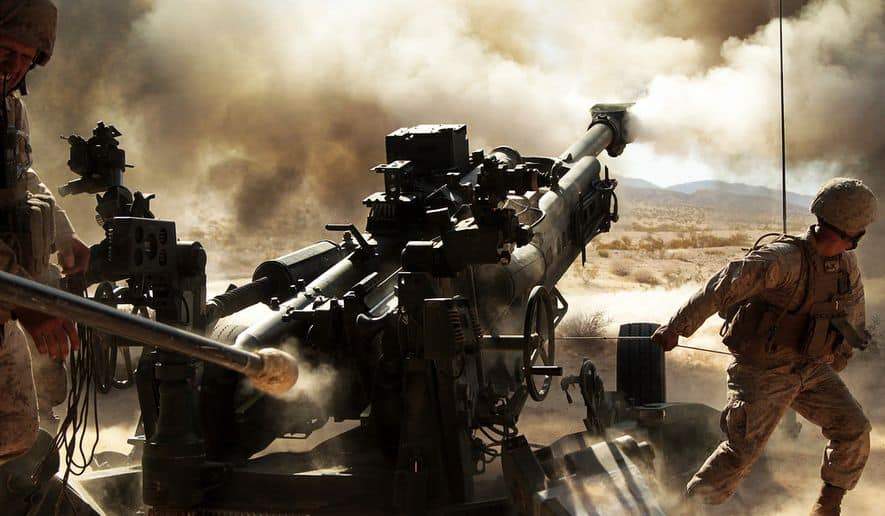Clear and present danger: COVID-19 rippling through the ranks is crippling U.S. military strength
Wednesday, April 1, 2020
Categories: ASCF News Terrorism Emerging Threats National Preparedness

The rapid spread of the coronavirus through the ranks has sparked one of the greatest challenges U.S. military leaders have faced in decades: how to maintain readiness and monitor enemy threats while shielding men and women in uniform around the world from a deadly health risk.
The Defense Department already has scrambled to adjust its training protocols, stopped the movement of all troops around the world, halted most major military exercises, retargeted contracts, shut down base activities and personal travel, and, in some cases, temporarily shut down the pipeline bringing new recruits into the fold.
Officials said those steps, all designed to slow the spread of COVID-19 in the armed forces, must be carefully balanced with the reality that regardless of the health risks, an army in the field can’t telework and a ship on maneuvers can’t shelter in place.
Defense officials are also acting with the heavy weight of history on their shoulders. Militaries have traditionally been both incubators and transmitters of disease for society at large. The 1918 flu pandemic took a catastrophic toll on young American recruits, and the rate of infection in the military from the new coronavirus is higher than in the U.S. civilian population.
The unprecedented scope of the challenge and the tensions within the military came into sharp focus Tuesday after USS Theodore Roosevelt Capt. Brett E. Crozier sounded the alarm about worsening conditions aboard his vessel. The Roosevelt has been ordered to dock in Guam and now has dozens of confirmed coronavirus cases among the 4,000-member crew.
In an internal Navy letter first reported by the San Francisco Chronicle, Capt. Crozier pleaded with Pentagon officials for help in getting all of the Roosevelt sailors off the ship and into quarantined living arrangements for at least the next two weeks.
Such a dramatic move would put 4,000 U.S. sailors and one of the service’s most vital warships out of action for weeks and would have a major impact on American military abilities in the Pacific theater. But it is likely the only realistic option if the Navy hopes to avoid mass casualties aboard the relatively cramped ship, where sailors are physically unable to abide by federal “social distancing” guidelines.
Photo: Marines with Battery N, 5th Battalion, 14th Marine Regiment, fire an M777 A2 howitzer during a series of integrated firing exercises at the Marine Corps Air Ground Combat Centter Twentynine Palms' Quakenbush Training Area April 26, 2013. (credit: U.S. Marine Corps)
Link: https://www.washingtontimes.com/news/2020/mar/31/us-military-readiness-risk-coronavirus-rips-throug/




